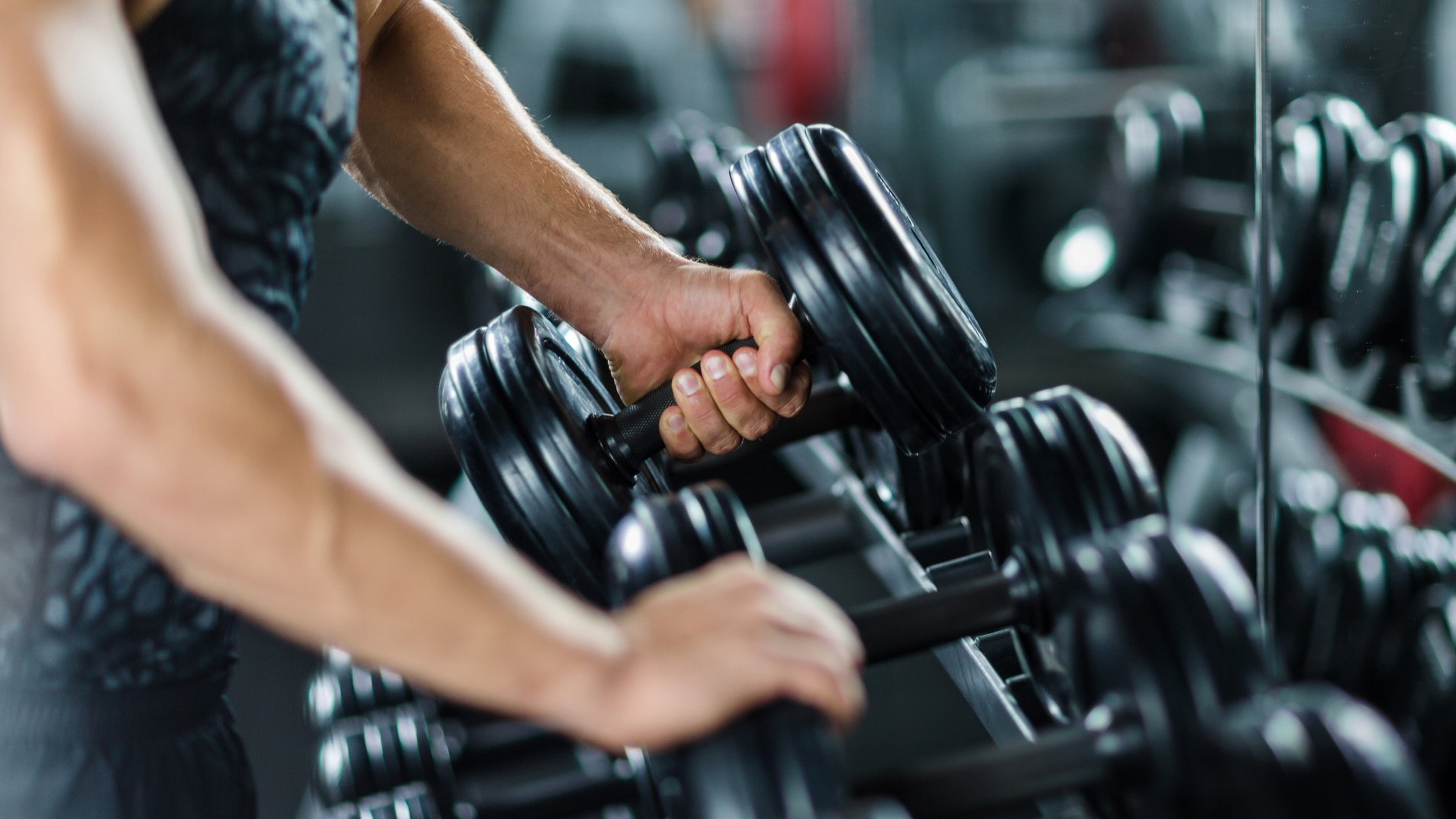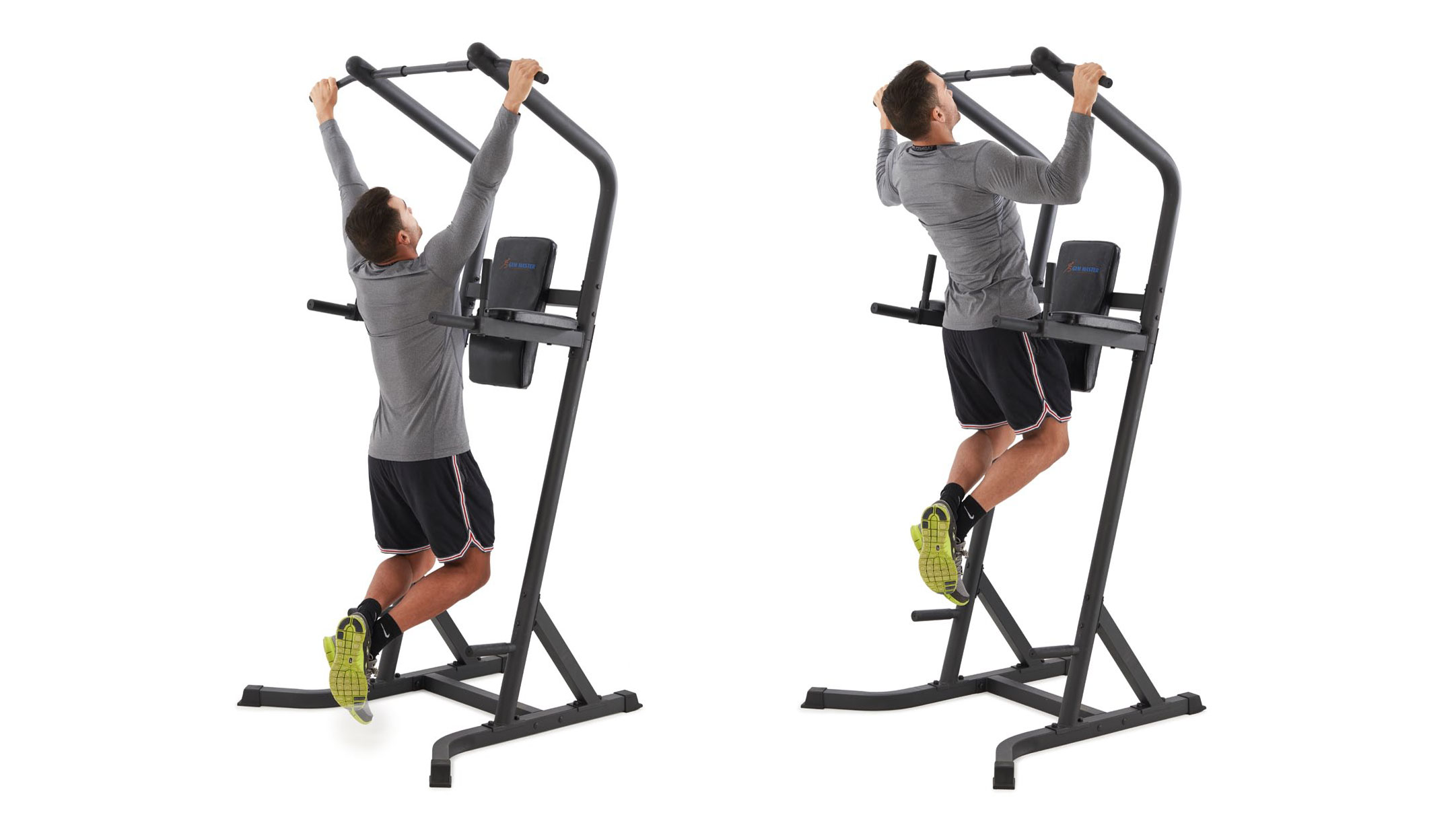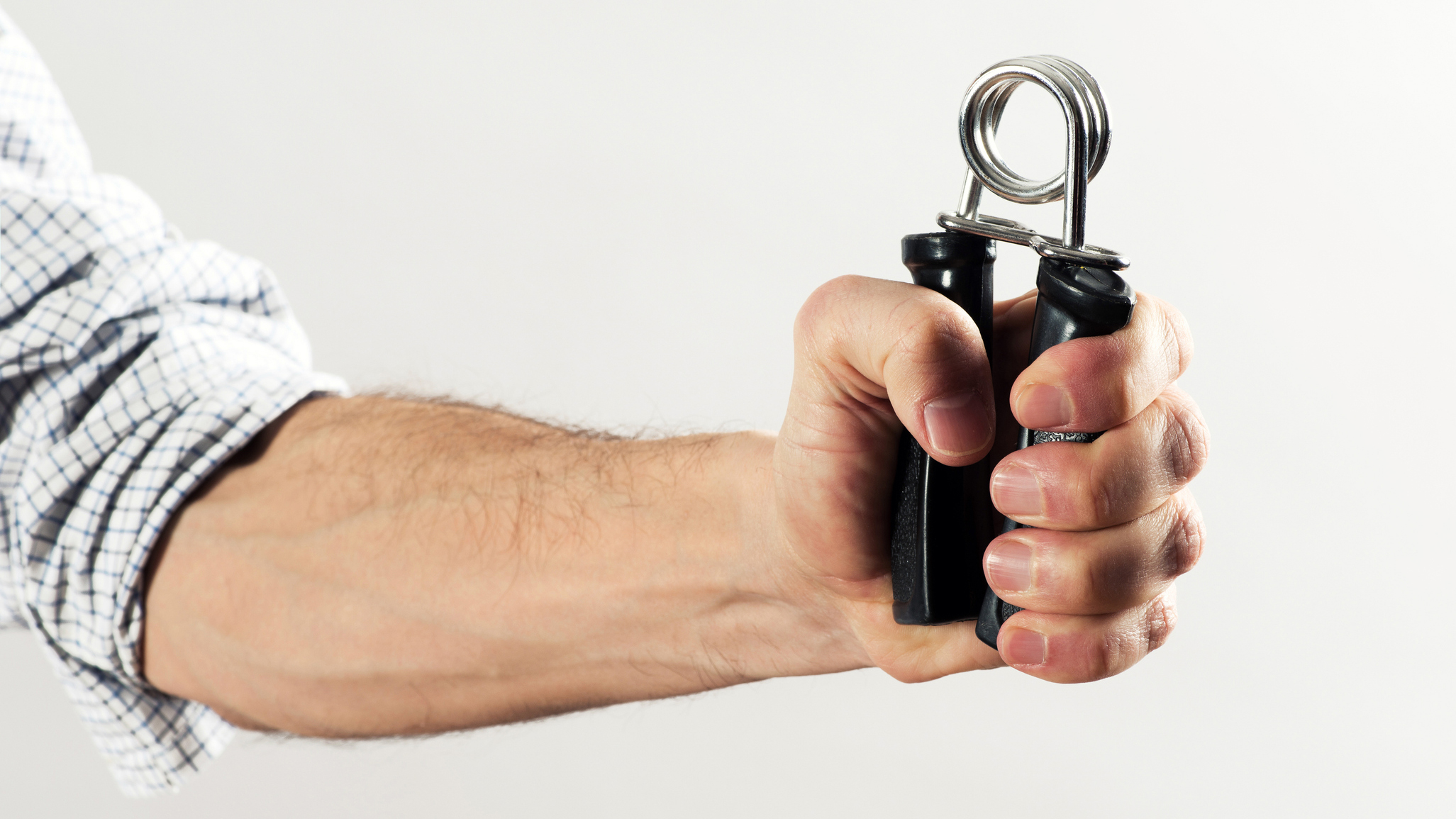Forearm workouts: Best exercises for better grip strength
These forearm workouts and exercises are the best way to give you a firm grip, which is a clear marker of overall health


Having a strong grip is about much more than just offering an impressive, firm handshake – it can be a sign that you’ll live a longer, healthier life, so it’s worth paying attention to.
The most obvious benefit of having a strong grip is in everyday life. According to Mark Laws, a personal trainer and PT Development Coach for Future Fit Training, who includes grip strengthening work with all of his clients, “Anything from opening jam jars to carrying bags of shopping directly correlates to grip strength.”
It is a key part of many sporting activities, too, he says. “Grip will be required in differing amounts for most hobbies or sports that people participate in, whether that is an activity where you need to grab an opponent such as combat or contact sport like rugby or martial arts, or whether you need to keep hold of a bat, racquet or stick in sports like cricket, tennis and hockey.”
And if you’re hitting the gym and lifting weights, grip strength matters. Squeezing the barbell, or the best adjustable dumbbells, can boost your overall lift. Because your grip involves smaller muscles, these are often the first to give way, long before your other muscles get tired. As Laws says, “Deadlifts for example, are limited by grip strength, and any pulling or rowing movement will be limited by grip strength. Lack of grip means less load moved, which means less muscle growth.”
Research has also established that grip strength can be a useful indicator of overall health as we get older. It can reveal our likelihood of maintaining overall strength, upper limb function and bone mineral density, as well as giving an idea of how likely we are to suffer fractures, falls, malnutrition, cognitive impairment, depression, sleep problems and even diabetes. It has been linked with a number of serious conditions and diseases, from cardiovascular disease to cancer.
The good news is that even if your grip isn’t great right now, there are plenty of exercises you can do to improve it.

1. Pull-up, or hang
If a pull-up is a step too far, a simple straight arm hang – where you hang by your hands for as long as you can manage it - is great for improving your grip, according to Laws. “It’s best to use rings or a bar,” he says. Most gyms (and lots of parks) have pull-up bars you can practise on, and you can buy bars that attach to your door frame to have a go at home.
Get the Fit&Well Newsletter
Start your week with achievable workout ideas, health tips and wellbeing advice in your inbox.
Once you’ve mastered the straight arm hang, Laws suggests progressing into what he calls a “head-over-bar hang, pausing at the top of a pull-up with your head above the bar”. If you need help with moving on to pull-ups, check out our guide to how to do pull-ups and dips.
2. Farmer's walk
This super-simple exercise can be performed with any heavy object you happen to have around the house. Laws explains how it works: “It’s simple. Grab some items, whatever you can get your hands on, and walk from A to B.” To progress the move, “over time make the load uneven from one side to the other and use more challenging loads such as smooth objects that are difficult to hold or water-filled objects that never stop moving as you walk.”
3. Bottom-up kettlebell rack hold
Laws suggests this as the first step in a progression. You grip a kettlebell by the handle and hold it upside down (with the handle at the bottom). The best kettlebells for this exercise would be relatively light - try holding one in each hand.
4. Bottom-up kettlebell press
Once you’ve mastered the bottom-up kettlebell hold, Laws recommends progressing to the bottom-up kettlebell press. Once again, you hold the kettlebell upside down by the handle, only this time you lift it above your head.
5. Stretch
It makes sense to stretch your hands as well as working on their strength, according to Laws. “When we grip things our fingers flex,” he says, “so it would be sensible to do some finger extension work.”
Laws suggests this simple exercise: “Stretch your forearm by getting onto all fours. Imagine your hand is directly beneath your shoulder and your fingers are pointing forwards, but then turn the hand away from the body so the fingers are pointing towards the knee, and then gently push the shoulder forward and the forearm will stretch.

A note on grip strengtheners
You’ve probably seen pictures of these slightly scary-looking implements, but don’t be intimidated – they simply allow you to practise squeezing while you’re working or in front of the TV.
Although you don’t need to buy anything to improve your grip, according to Laws – “the best way to work on grip is by hanging, carrying and lifting stuff off the ground,” they can, he says, be a useful tool. If you don’t have a grip strengthener, then just squeezing a tennis ball can be a good alternative.
Patricia Carswell is a freelance journalist, specialising in health and fitness. She has written for a huge variety of national newspapers and magazines, including Healthy, Top Santé and Women's Fitness, and writes a monthly column for British Rowing's content hub. She's the founder and host of rowing blog and podcast, Girl on the River, where guests have included Sir Matthew Pinsent and multiple Olympian Frances Houghton MBE.
She won Rowperfect’s Rowing Blogger of the Year several years in a row, the Endurance Award in the MyProtein Blog Awards and was runner-up in the Sports & Fitness Category in the UK Blog Awards in 2017.
She keeps fit by rowing, walking and swimming, and is at her happiest when on or in the water.